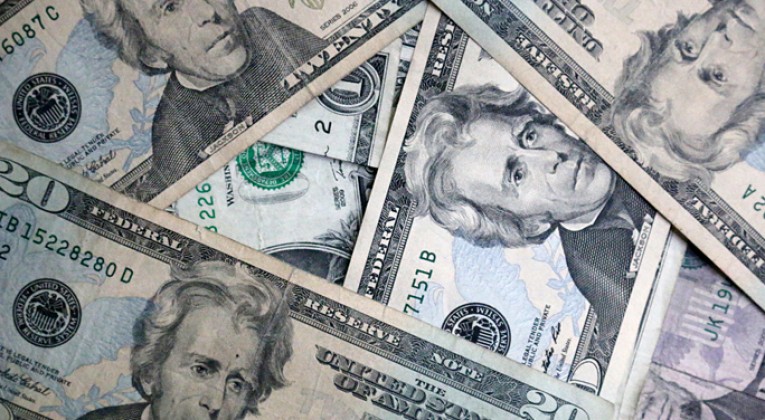Have you ever encountered an experience where you went to pay for something with cash anywhere in the world while traveling — only to be told that the money is no good because it is considered counterfeit?
Hopefully not; but currency from the United States is arguably amongst the most popular in the world — at least, when it is strong against other currencies. There was a point not so long ago where fewer places were willing to accept currency from the United States — even when the money was genuine…
…but what about when the money is fake? Nicholas Wells wrote this article for CNBC about an experience where he handed over a ten dollar bill to a cashier at a laundromat. “She took one look at it and handed it back saying, ‘It’s fake.’”
According to that article, approximately 40 percent of the estimated counterfeit United States currency is outside of the United States; but take heart: approximately one out of every 10,000 bills are fake. Chances are excellent that of the 1.2 trillion dollars in genuine United States currency, the bills you are currently holding are indeed good. You have a much better chance of dying from heart disease or being involved in an automobile accident than procuring counterfeit currency.
Merchants can usually quickly tell if currency is real or fake — but how can you tell for yourself?
The Secret Service of the United States offers tips and illustrations on how to compare counterfeit paper currency with the real thing and the methods on how fake paper money is created; as well as tips on how to detect counterfeit coins — which I would think is not as prevalent, given the lower denomination amounts as well as the greater difficulty in creating fake coins versus fake paper money.
For example, did you know that genuine currency paper contains tiny red and blue fibers embedded throughout the bill? Also, blurred or uneven features of the money likely indicate that it is counterfeit paper currency.
If you do suspect that a paper note may not be genuine, here is some advice on what to do as offered by the Secret Service of the United States:
- Do not return it to the passer.
- Delay the passer if possible.
- Observe the passer’s description, as well as that of any companions, and the license plate numbers of any vehicles used.
- Contact your local police department or United States Secret Service field office. These numbers can be found on the inside front page of your local telephone directory.
- Write your initials and the date in the white border areas of the suspect note.
- Limit the handling of the note. Carefully place it in a protective covering, such as an envelope.
- Surrender the note or coin only to a properly identified police officer or a United States Secret Service special agent.
- If possible, complete this official form and submit it along with the counterfeit currency only to a properly identified police officer or a United States Secret Service special agent.
Manufacturing counterfeit United States currency in any denomination of five cents or more is a violation of Title 18, Section 471 of the United States Code; and is punishable by a fine or imprisonment for up to 15 years, or both.
Photograph ©2015 by Brian Cohen.





